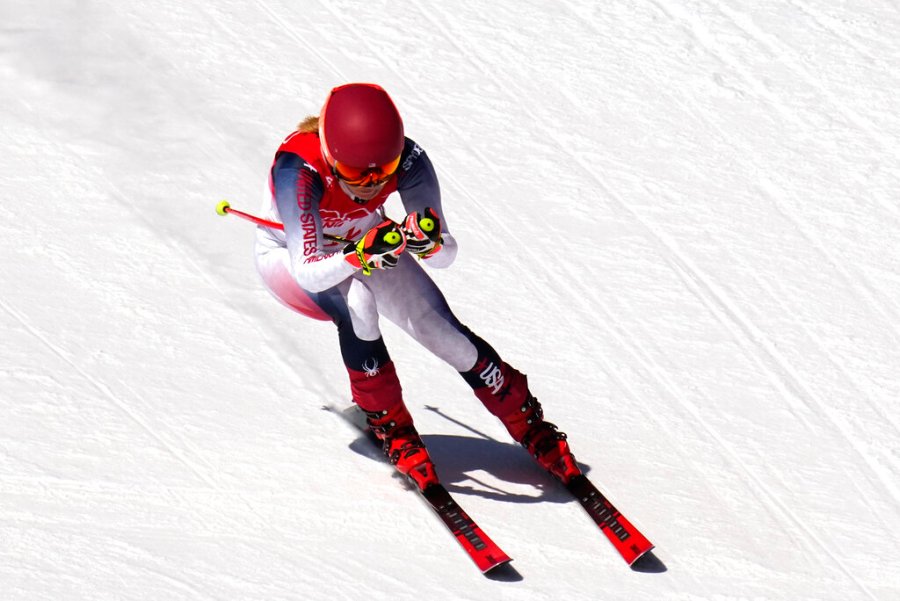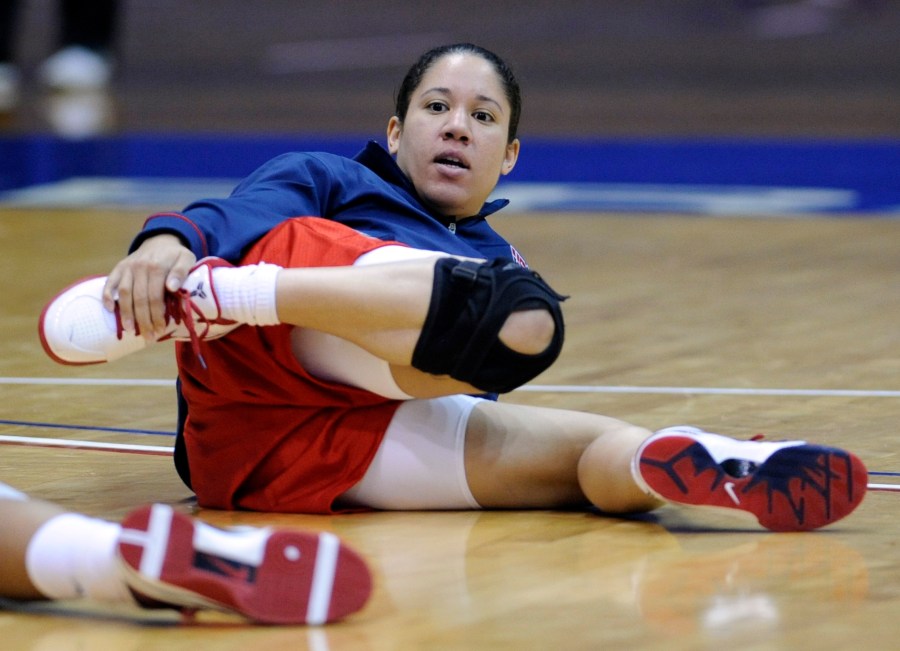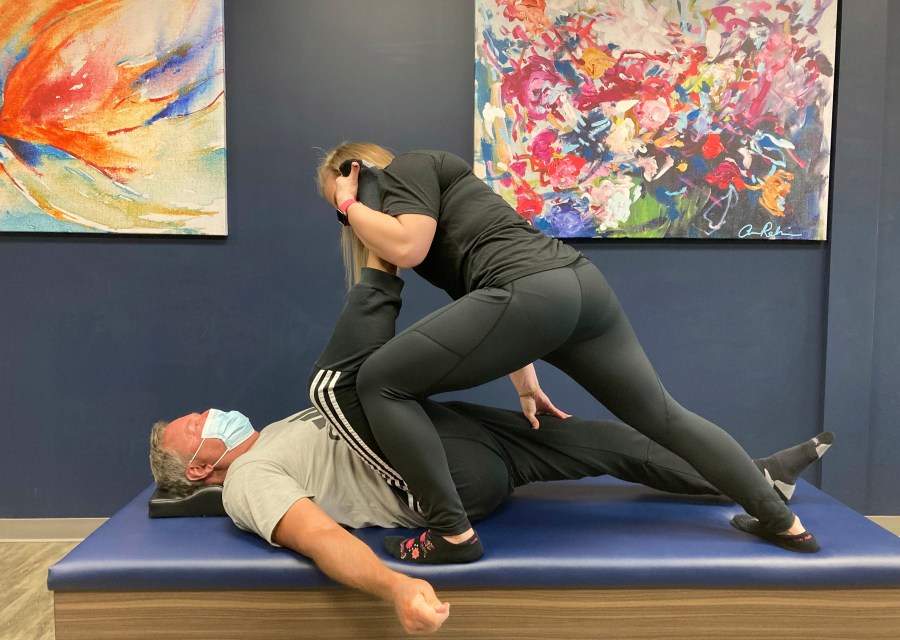DENVER (KDVR) – Before you know it, most of the state’s 36 ski resorts will be opened for businesses, bringing in flocks of outdoor sports folk from near and far.
Even though the slopes will be ready to support the weight of all that skiing and boarding, an important question to ask yourself is: Will your body be?
Jumping right back into any type of physically straining activity without a warmup is more often than not, a bad idea. That’s where active training and other preventative measures come into play.
FOX31 spoke with Zoltan Zeusz, a personal trainer at the Parker Arapahoe 24 Hour Fitness, who outlined some helpful ways to prepare yourself ahead of the physically demanding ski and snowboard season, all the while increasing your chance of avoiding a life-altering injury.
Preparing your body for ski season
Going from zero to 100 is rarely a good idea but that does not stop many skiers and snowboarders from hitting the slopes immediately after doing nothing to prepare for it, aside from hitting the slopes the previous year.

That’s where stretching and exercise come in. Zeusz told FOX31 that if you want to be prepared for the ski season, meaning your body, ligaments and joints are physically ready to handle any jarring motions that both skiing and snowboarding will cause, then you should begin training at least 30 days out from your return to the slopes.
“You don’t want to just jump back in,” Zeusz said.
He suggests using sports-specific training, that simulates the movements that you will experience while either skiing or snowboarding.
This includes stretches and training, like:
- Knee bends
- Hip rotations
- Knee raises
- Squat holds
- Goblet Squats
Any other workouts that improve both your balance and your ability to put weight on your joints and ligaments are a good idea to undertake ahead of your trip to Colorado’s ski country.
According to Zeusz, for every pound you are overweight, that is an estimated extra four pounds of pressure that occurs on your legs when you are skiing.
So, with that alarming statistic in mind, if you were to come in around 20 pounds overweight, then you are potentially throwing an extra 80 pounds of pressure on your knee during every change of direction.
Ligaments like dry rubber bands: The vitality of hydration
You’re likely aware of this but as you get older, upkeep on your body becomes more difficult to maintain. That is why it is so vital to adopt healthy habits now before another day passes, even if you consider yourself chronically inflexible.
An easy habit to adopt that improves your chances of remaining uninjured while skiing or snowboarding is remaining properly hydrated. This is a problem for many out-of-state visitors who are already battling the odds of getting altitude sickness when they arrive in Colorado’s higher elevation.

Your tendons, ligaments, vertebrae and joints are similar to dry rubber bands if you do not maintain adequate hydration and stretching on a consistent basis. Improper hydration will begin to deplete your body’s proverbial shock absorbers and could lead to more aches, pains and long-term injuries.
According to Zeusz, each year if you do not maintain a physical lifestyle, you lose roughly 1% of your flexibility.
So by that logic, someone who stops maintaining a physical lifestyle around the age of 30 will have lost 40% of their flexibility by the age of 70. This is a hugely limiting factor that can lead to a loss of quality of life in a person’s golden years.
Recovery: How to delay your flexibility’s expiration date
In addition to preventative measures, like getting in shape ahead of your trip to the high country and hydrating properly, there are several post-slope practices, alternatively referred to as counter stretches that you can use to expedite your recovery process.
These practices include:
- I.V. drips, which can rehydrate you quicker, thus accelerating your recovery
- Foam rolling, which is a good way to alleviate soreness while also stretching, using a foam roller on the muscles
- Thera-gun treatments help relieve knots, trigger points and charlie horses
- Cryogenic treatments, with brief use of cryogenic sleeves on your arms or legs, or by stepping into a cryogenic chamber for an hour, you can expedite recovery by giving the body an intense ice bathe-like treatment
These all help treat microtears according to Zeusz, whose club has an iCRYO Center. Those microtears are a positive outcome of working out that both improves flexibility and prepares the body for the physical jolts and maneuvers that occur out in Colorado’s ski country.
Another helpful bit of info the Zeusz had for all newcomers to the snow recreation is to enroll in beginner lessons as well as arrive on a day when a few inches of fresh snow has fallen. This will make the inevitable first fall feel less painful.
Nothing can ruin a ski trip quite like a life-altering injury that could have been avoided with simple preparation. So, whether you’re a first-timer or returning to the high country, be sure to prepare yourself ahead of time and take it easy when heading into Colorado’s ski country.


